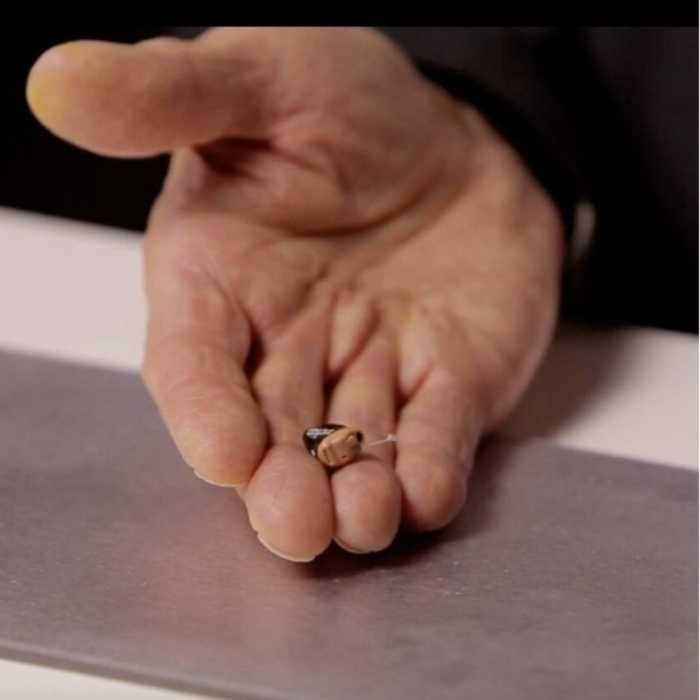Key Takeaways:
- There are two main categories of hearing aids: one worn behind the ear and one worn in the ear. Each of these categories has several styles within it (i.e., BTE vs. RIC, custom hearing aids that range of invisible to ITE).
- Smaller, invisible (IIC) styles will typically mean a trade-off in Bluetooth capability due to the smaller size.
- ITE and BTE styles can accommodate more severe hearing losses.
- The RIC hearing aid style is the most popular hearing aid today.

There's a lot to think about when you are considering hearing aids.
One thing you've probably already discovered is that there are several hearing aid styles to choose from.
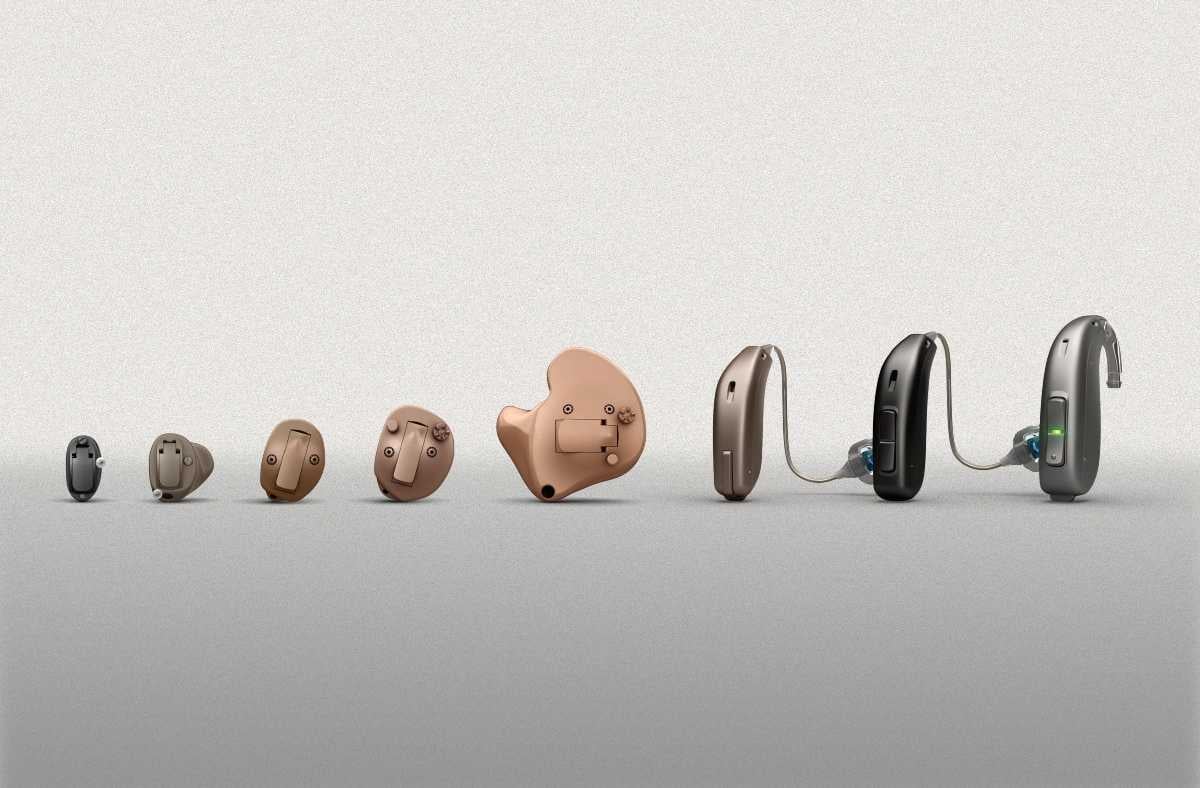
This guide will go through each of the most common hearing aid styles and give you the information you need to choose the right one.
Let's jump right in.
Prefer to watch?
Watch our breakdown of in-ear vs. behind-the-ear hearing aid styles.
Behind The Ear (BTE) Hearing Aids
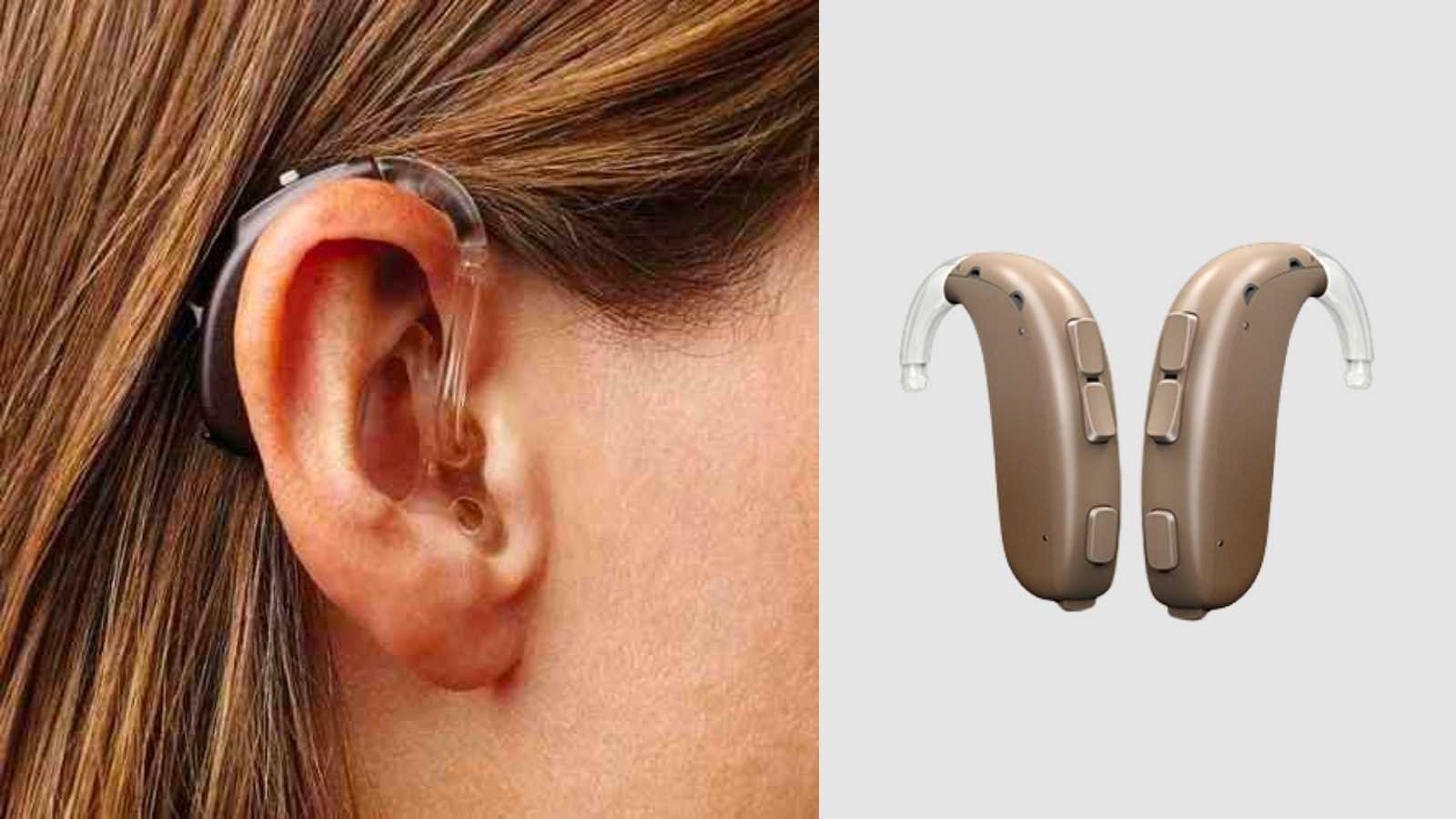
Why choose a BTE hearing aid?
- Moderate to profound hearing loss
- Placement of receiver outside ear canal - less susceptible to moisture or debris
What you should know about BTE hearing aids
A BTE hearing aid is a larger style of hearing aid, most commonly worn by those with more severe hearing loss. This type of hearing aid has an earmold that is made to fit the user's unique ear shape.
The earmold is attached to tubing that connects to the earhook. Think of an earhook as a little 'bridge' that helps funnel the sound from the speaker in the hearing aid to the tubing and then into the ear canal through the earmold.
The earhook sits at the top portion of the pinna (top of the ear).
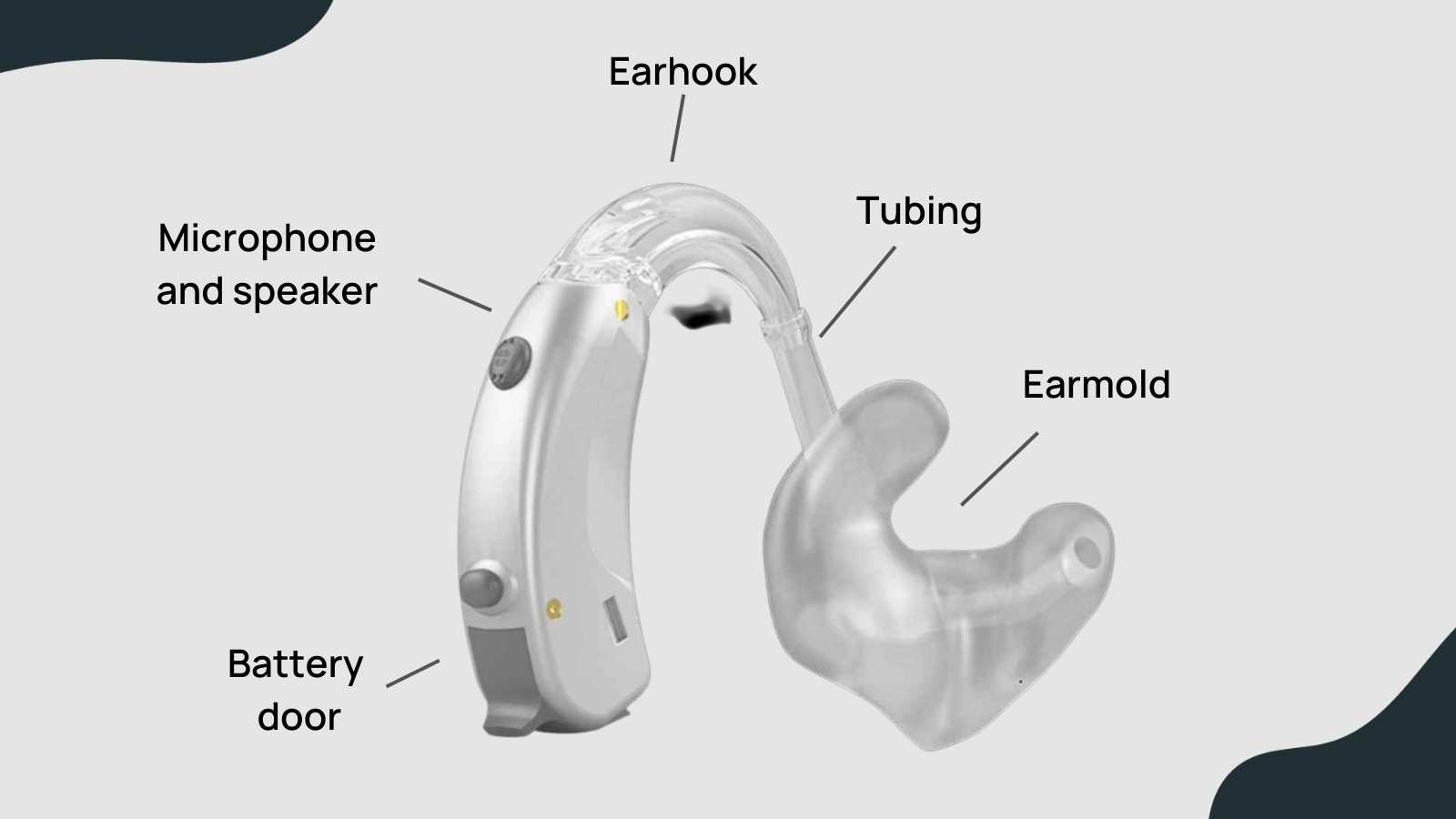
This type of hearing aid can work well for users who wear a cochlear implant on the other ear.
BTE Hearing aid features
- Easy-to-use volume buttons on the body of the hearing aid
- Bluetooth streaming connection using iPhone and some Android devices
- Optional telecoil
- Rechargeable or disposable batteries based on preference
Receiver-in-the-Canal (RIC) Hearing Aids
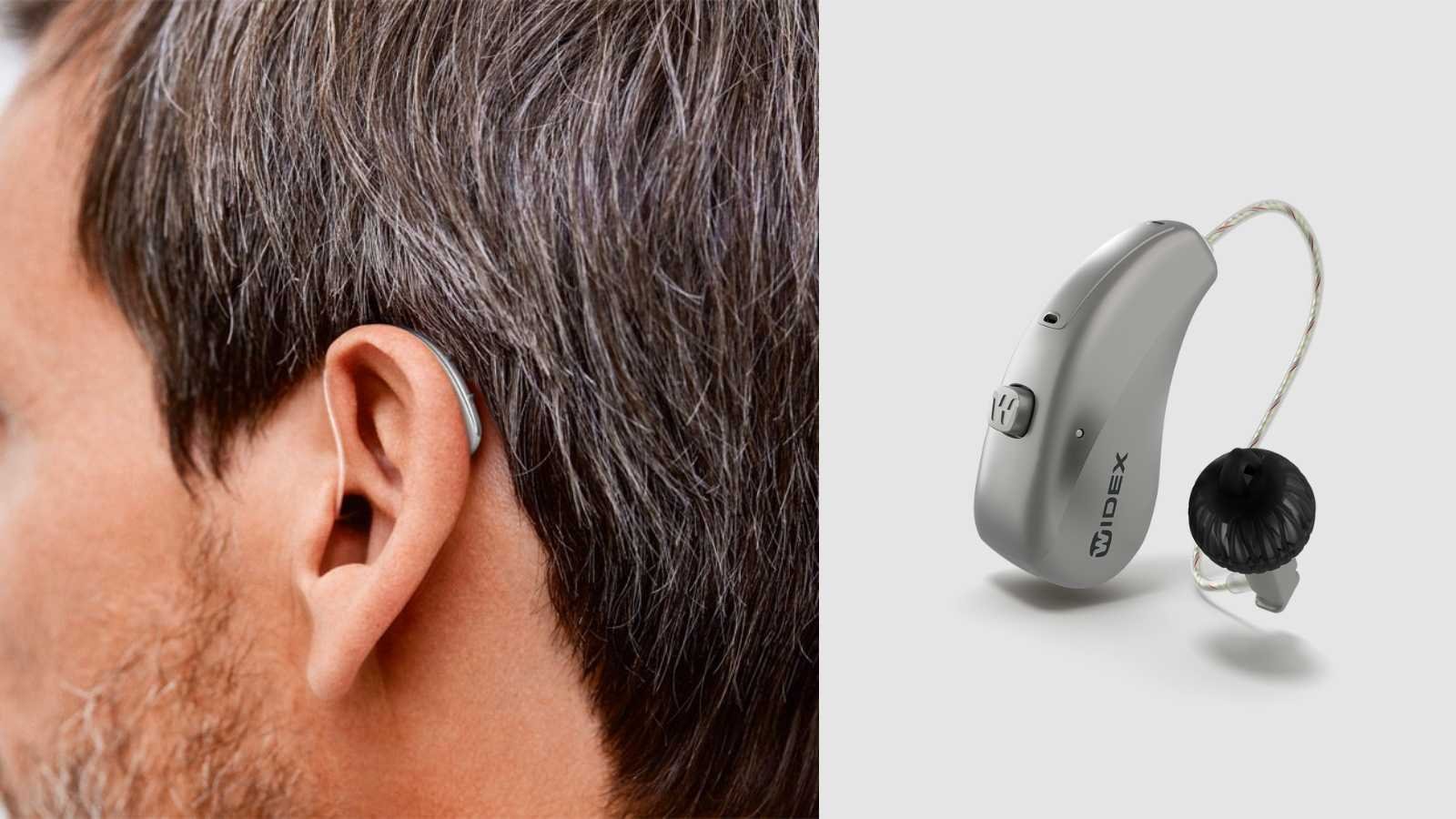
Why choose a RIC hearing aid?
- The most popular style overall
- Discreet and comfortable for most ears
- Wide fitting range (e.g. mild to severe)
- The newest technology is available in RIC hearing aids first
- Promotes natural sound for those with normal low-frequency hearing
What to know about RIC hearing aids:
A RIC hearing aid looks similar to a BTE hearing aid. Both styles have a piece that goes behind the ear and a piece that goes in the ear canal.
A RIC hearing aid is different due to the receiver's location (speaker). As the name suggests, a receiver-in-canal hearing aid places the speaker directly into the ear canal.
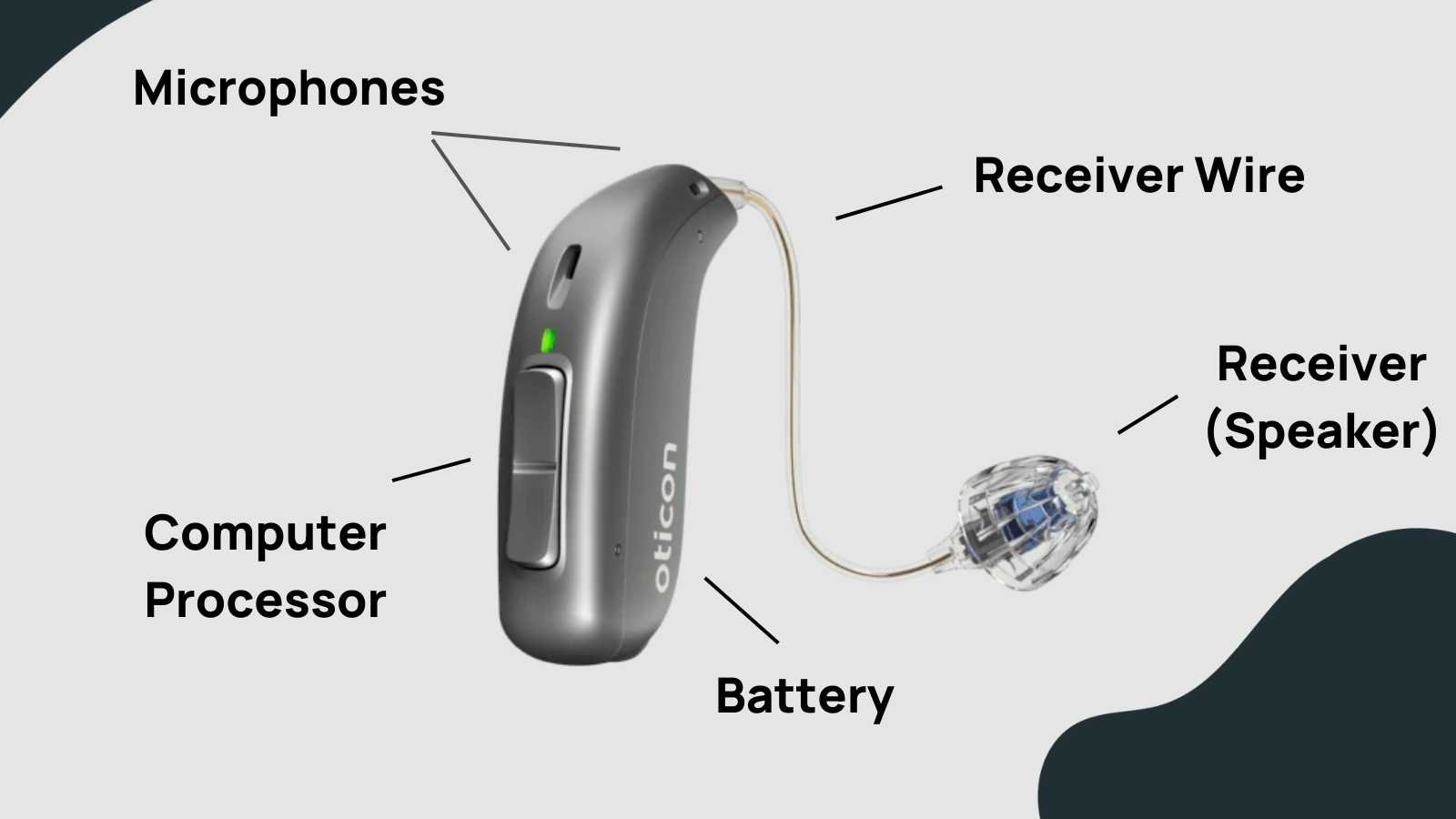
There are several advantages to this style of hearing aid. As the most popular style of hearing aid on the market, the latest technology tends to come first to market as a RIC hearing aid. Additionally, RIC hearing aids are smaller and sleeker than BTE options.
Notably, this type of hearing aid will need care when removed from the ear because the speaker wire sits behind the ear and attaches to a dome or earmold for placement in the ear canal. If the wire breaks or bends, it will damage the speaker. Additionally, the piece in the ear will need replacement of the wax guards, also known as wax traps, to keep wax and debris from plugging it up.
RIC hearing aid features:
- Easy-to-use buttons for volume control and mode changes
- Bluetooth streaming through iPhone and Android (most brands)
- Optional telecoil available through most brands
- Rechargeable or disposable batteries
- Remote programming after initial fitting appointments
- Self-fit OTC options available for lower prices
In-the-Ear (ITE) Hearing Aids
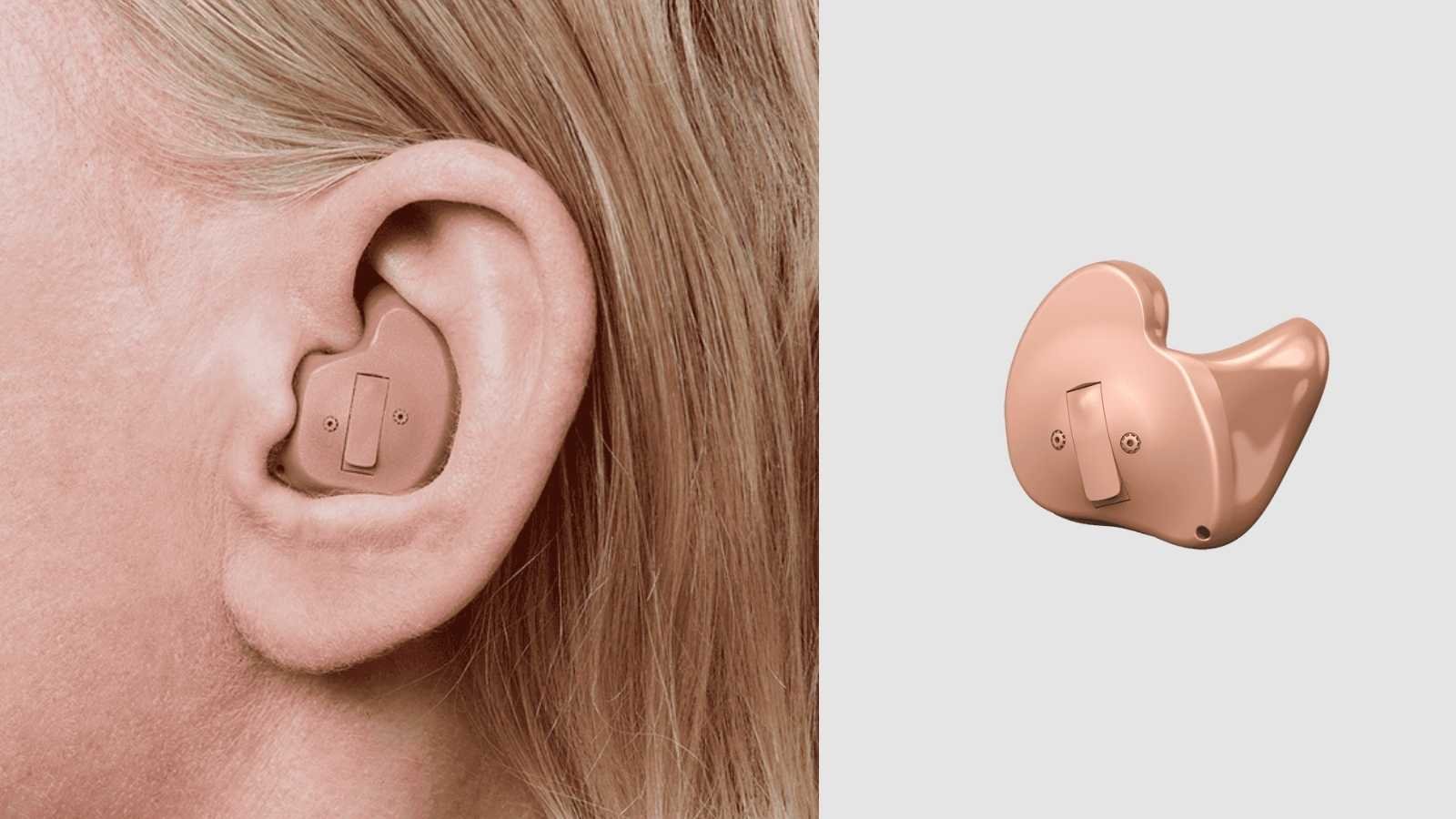
Why choose ITE hearing aids?
- Wide fitting range (mild to severe)
- Dexterity-friendly hearing aids
- Petite ears
- Custom hearing aid with Bluetooth and streaming options
What to know about ITE hearing aids:
ITE hearing aids were first made popular by Ronald Reagan in the 1980s. Since that time, technology has come a long way. If you compare the hearing aid he wore to the most recent Custom by GN Resound you'll see how far we've come.

Dexterity friendly
This style of hearing aid is a fantastic choice for those with difficulty manipulating smaller pieces, such as the dome tip or receiver wire on a RIC hearing aid.
ITE hearing aids are very manageable to pick up and place in the ear, making it an excellent choice for anyone with dexterity concerns.
Small ears
Do you wear glasses and have small ears? An ITE can be a great choice, especially for those with reduced real estate behind the ear. The ITE fits snugly in the ear, freeing up the rest of the ear.
Custom molded with Bluetooth and recharging
ITE hearing aids are a great choice for someone who wants a custom-molded hearing aid with full Bluetooth streaming options and rechargeable batteries.
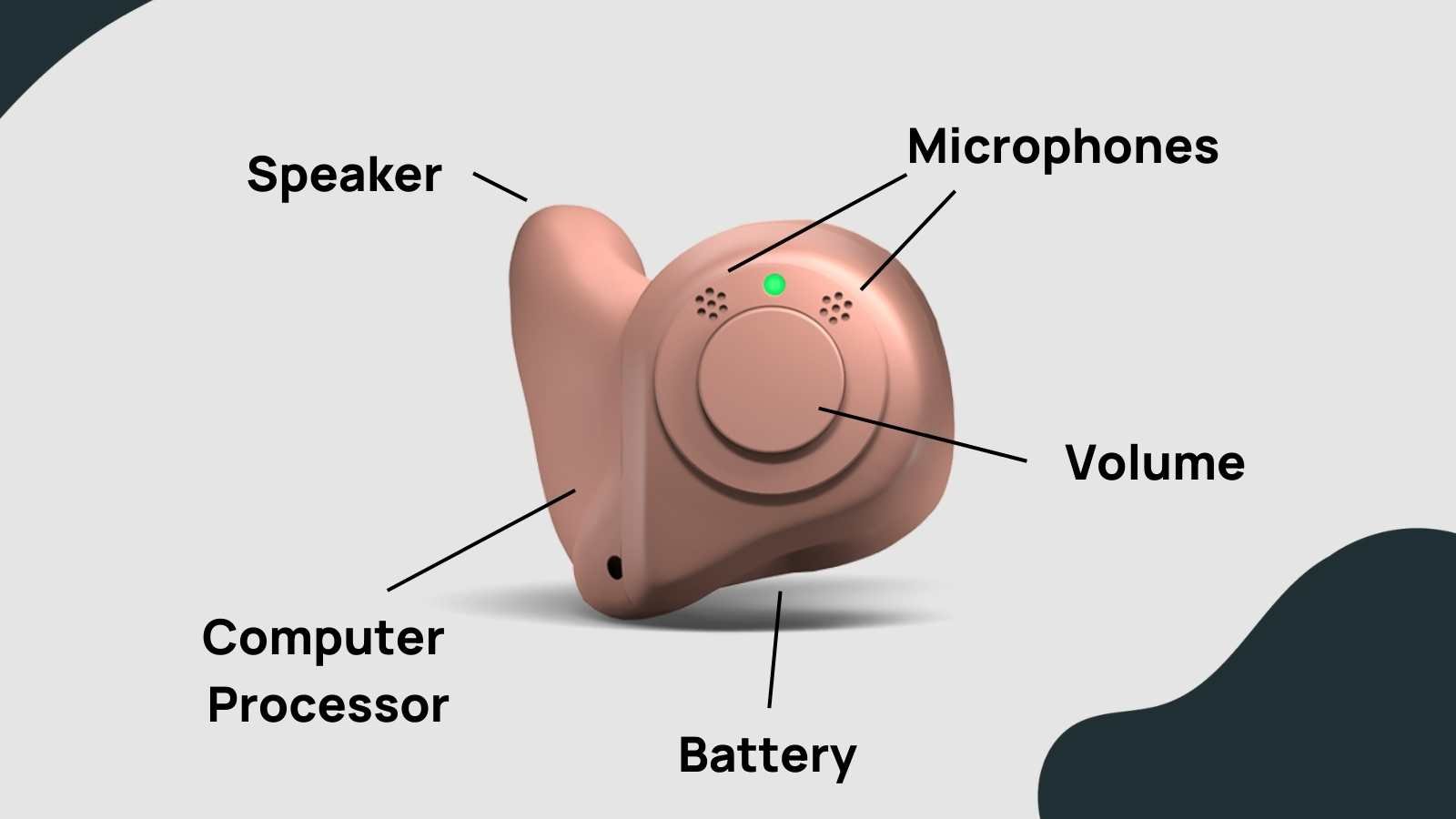
Smaller in-the-ear devices (described below) mostly come without streaming capabilities and require disposable batteries. Features vary by manufacturer, and you can explore this site to see the latest options available.
ITE hearing aid features:
- Buttons or a wheel for volume control and mode changes
- Bluetooth streaming through iPhone and Android (most brands)
- Optional telecoil available with some brands
- Rechargeable or disposable batteries
- Remote programming after initial fitting appointments
In-the-Canal (ITC) Hearing Aids
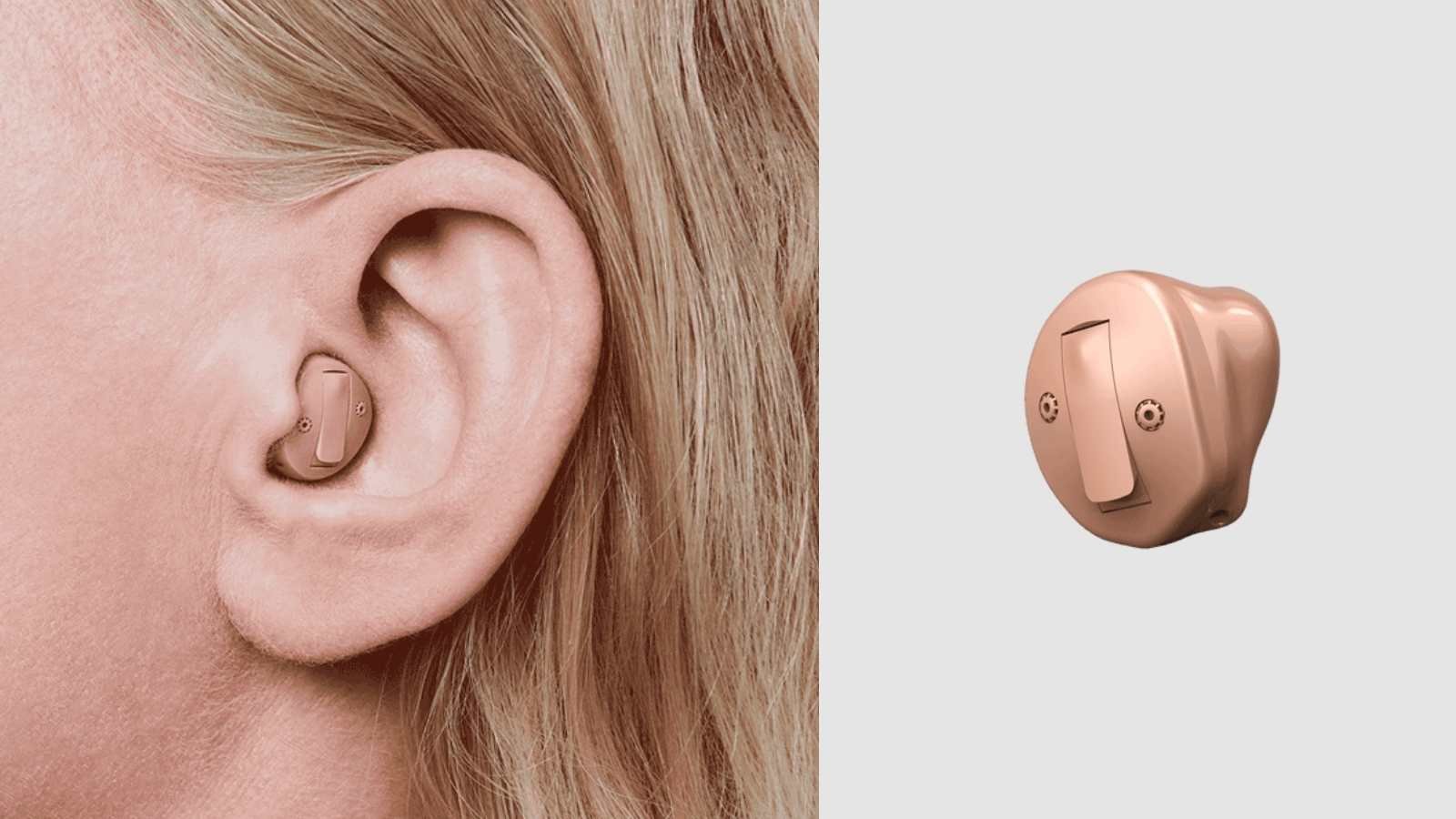
Why choose ITC hearing aids?
- Mild to moderate hearing losses
- Slightly smaller profile with some remaining extra features
- Captures pinna effect
- Fits more ear canals than CIC
What to know about ITC hearing aids
These custom hearing aids are smaller than ITE hearing aids, but the smaller size does come with some trade-offs.
For example, less real estate within the hearing aid means less room for a more powerful speaker and other high-tech features. For this reason, ITCs will work best for those with mild to moderate hearing loss.
An advantage of this custom style is the placement of the microphones. This device captures the pinna effect of the ear. Think of it as the natural sound characteristics of how sound enters the ear. However, it's important to know that there is potential for some occlusion effect (a boomy sound to your own voice) if the wearer has normal low-frequency hearing.
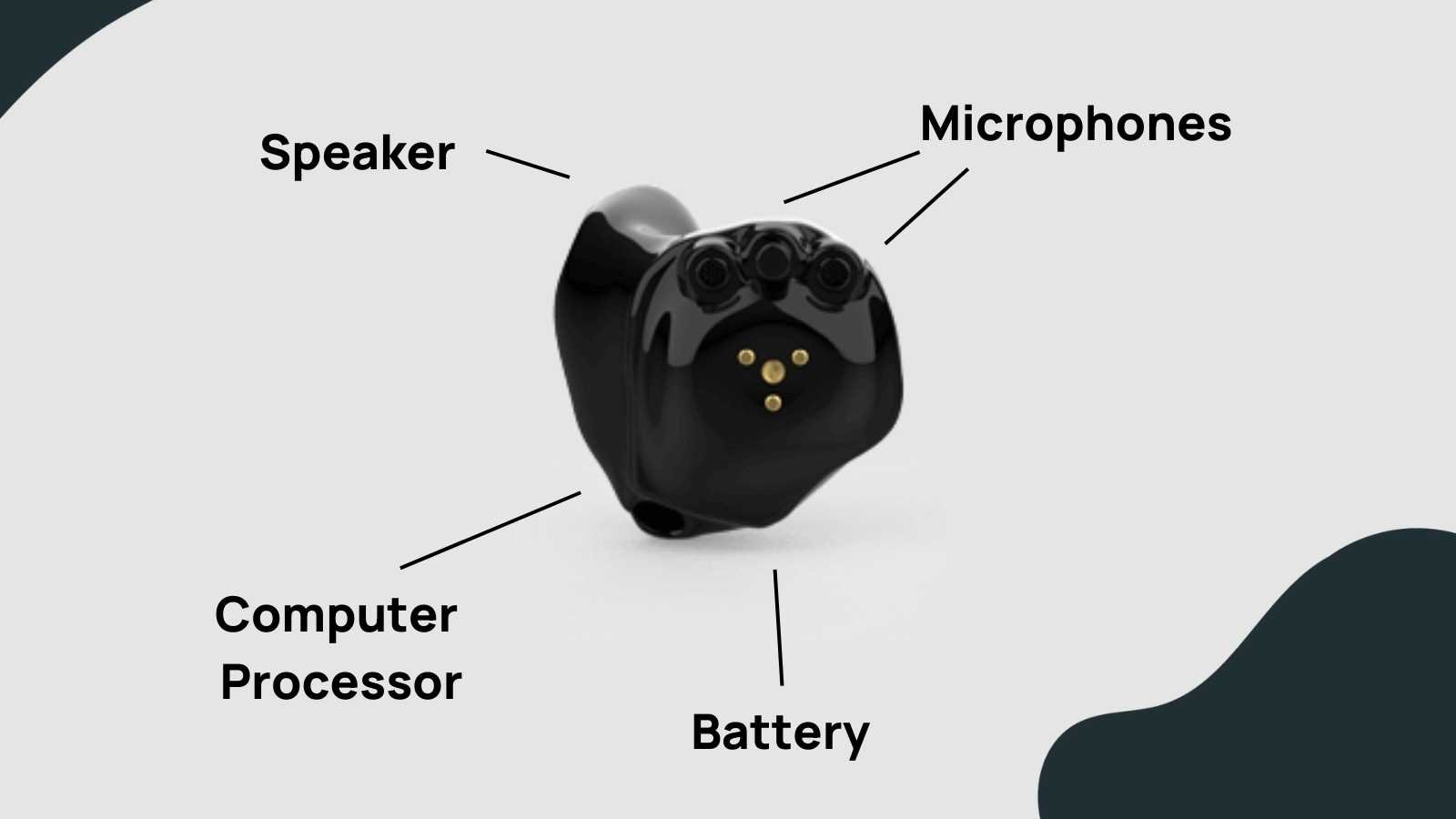
If you have very small ear canals, an ITC may not be a possible option. Specific components must fit inside every device, and the final hearing aid will be molded slightly larger if there is not enough room in your ear canal.
ITC Features:
- Buttons or a wheel for volume control and mode changes
- Bluetooth streaming through iPhone and Android (some brands)
- Optional telecoil available with some brands
- Disposable batteries
- Remote programming after initial fitting appointments
Completely-in-the-Canal (CIC) Hearing Aids
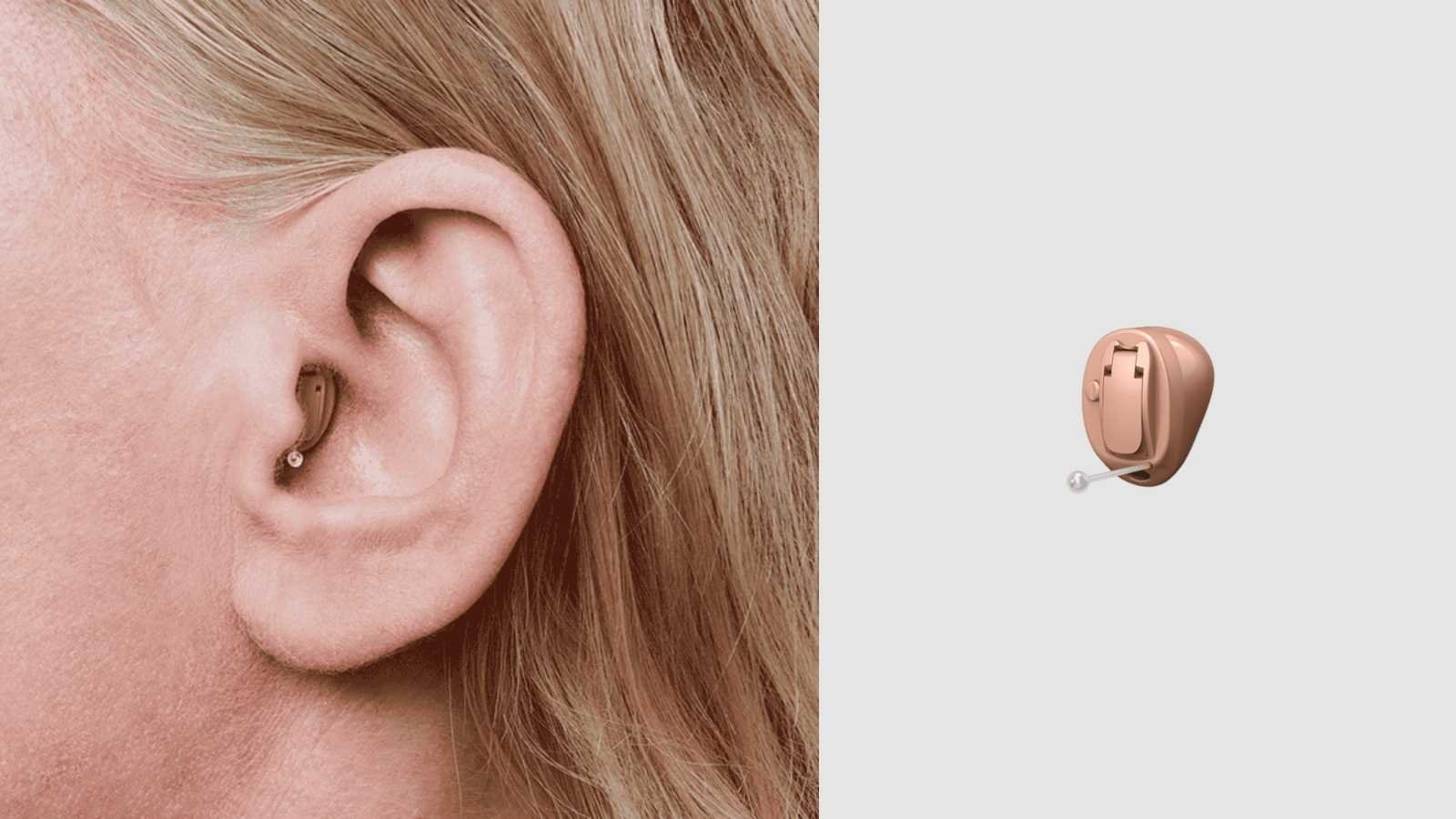
Why choose CIC hearing aids?
- Discreet appearance
- Mild to moderate hearing loss
- Normal ear canal size
What to know about CIC hearing aids
CIC hearing aids are smaller than ITC. These hearing aids fit deeply and entirely in the ear canal. CIC hearing aids are a good choice for people with mild to moderate hearing loss and normal ear canal size.
Due to their small size, these hearing aids will generally not have the option to connect to a Smartphone or Bluetooth connectivity. The volume in these devices may also only be adjustable with an app or remote control, as most will not have a pushbutton.
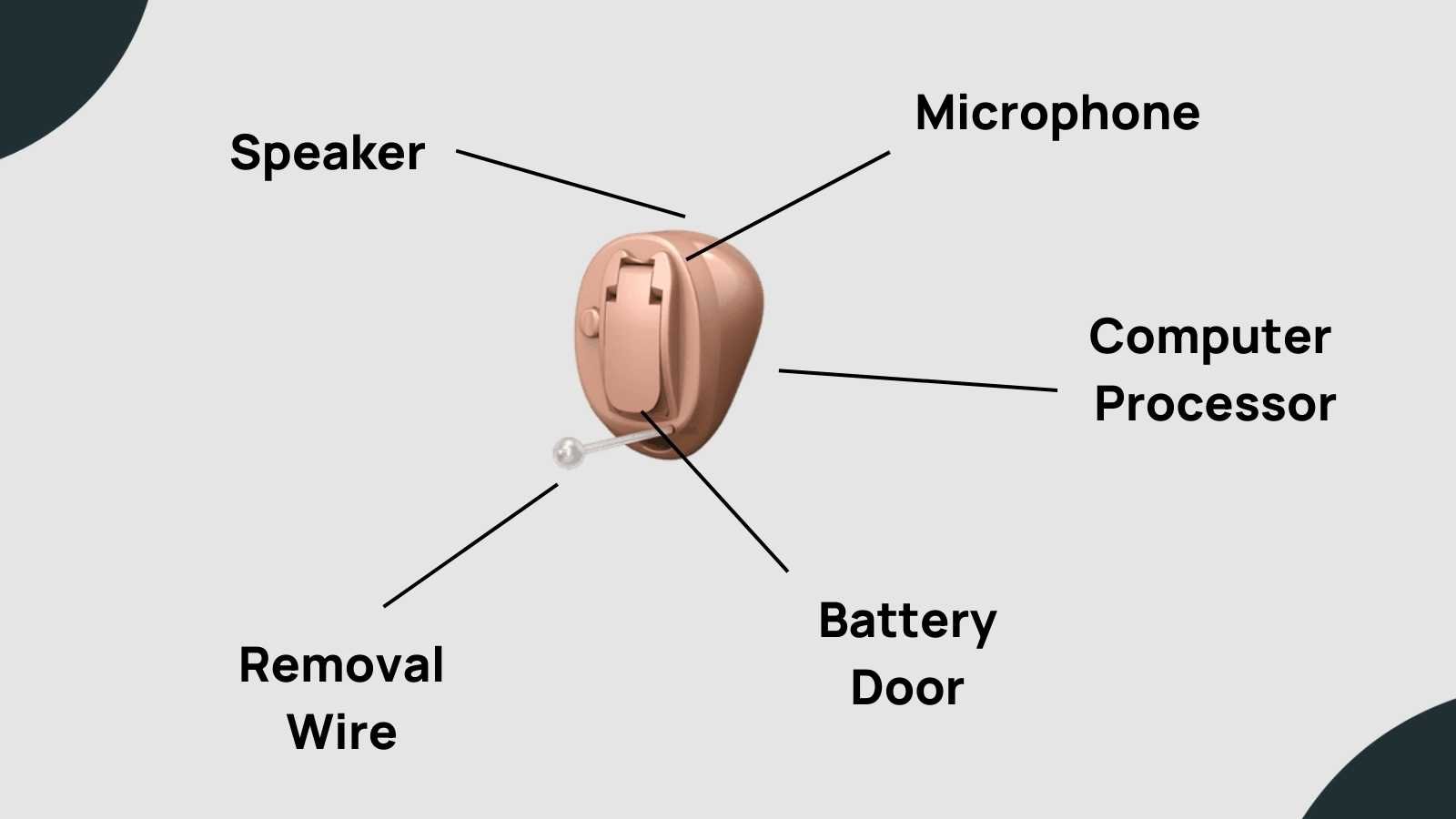
Starkey is a leader in Bluetooth miniaturization and currently offers the smallest Bluetooth streaming device on the market. Their Starkey Evolv AI product does offer Bluetooth connection in a CIC style.
CIC Features
- Very small in the ear
- Disposable batteries
- Some brands (but not most) offer Bluetooth streaming
- Remote adjustments after an initial fitting are available for some brands
Invisible-in-The-Canal (IIC) Hearing Aids
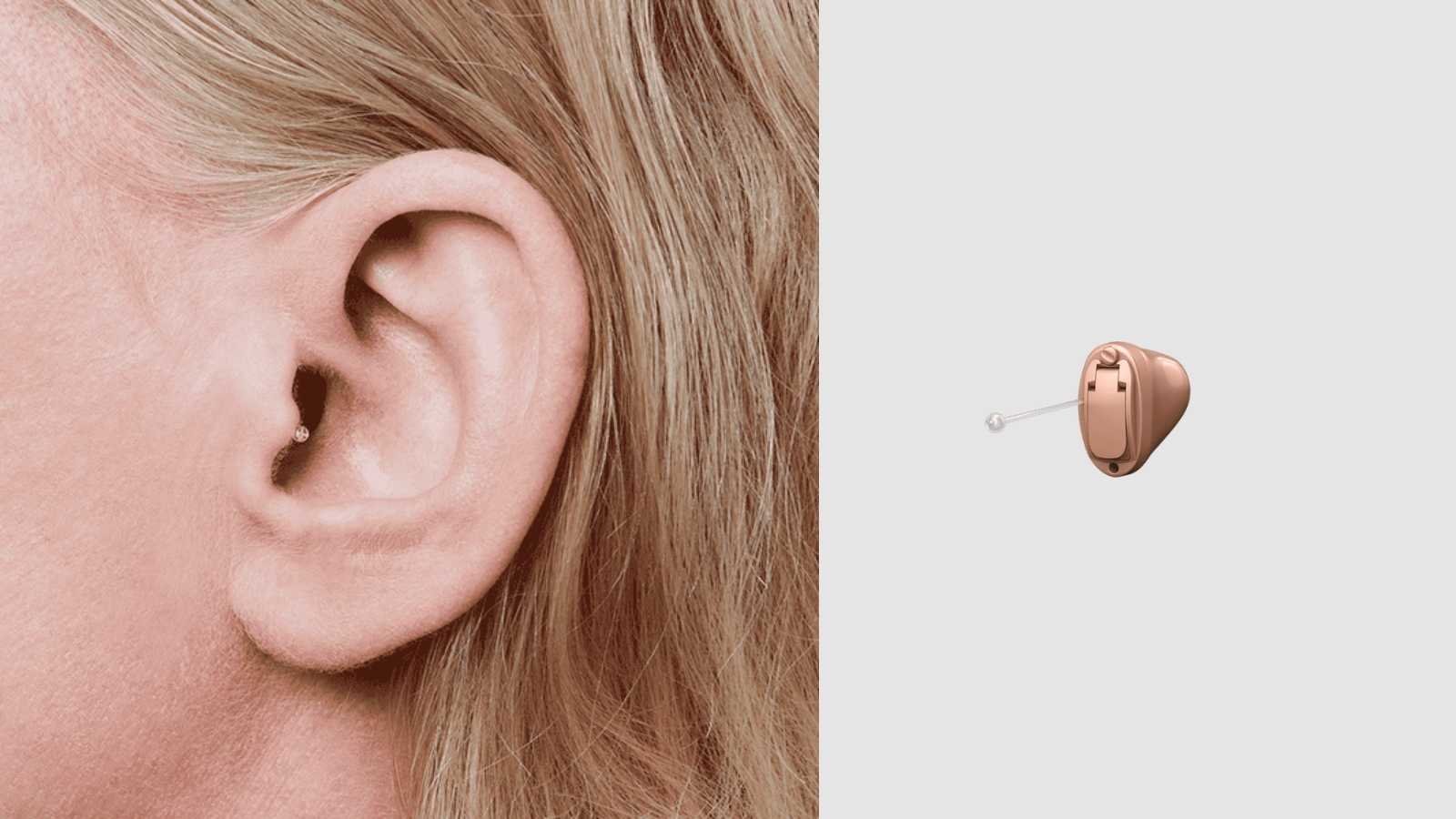
Why choose IIC hearing aids?
- Mild to moderate hearing loss
- This style can be truly invisible in the ear
- Best for someone with an average ear canal size
What to know about IIC hearing aids
An IIC hearing aid offers a very discreet fit due to the insertion depth down to the second bend of the ear canal.
These hearing aids are great for those looking for the most invisible, discreet hearing aid possible. For those who prioritize cosmetics, this hearing aid is a good option.
For those looking for the smallest hearing aid solution possible, these devices will fit the bill. However, certain features will be limited due to the small size.
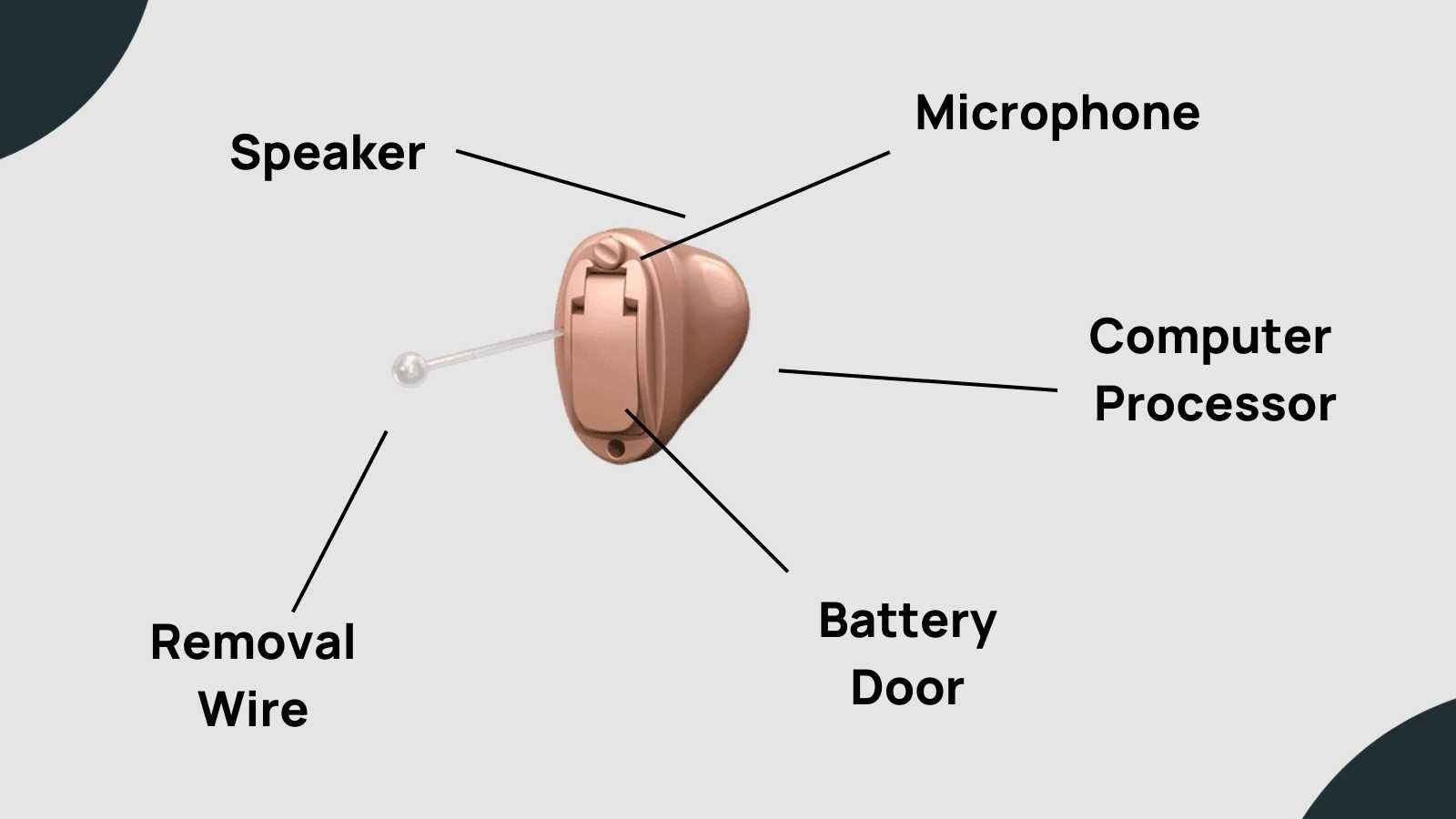
IIC hearing aids do not include push buttons, Bluetooth streaming, or remote adjustments. These tiny hearing aids are also not advised for those with dexterity problems, as they will be difficult to insert, remove, and change the small batteries.
IIC Features
- Tiny size
- Size 10 battery change every 4-6 days of wear
- Eargo offers the only rechargeable IIC on the market

How to choose a hearing aid style
When selecting a hearing aid, consider the following:
- How much hearing loss do you have?
- How important are cosmetics?
- How much do you prioritize rechargeable batteries, Bluetooth connectivity, or other features?
It's important to have realistic expectations when selecting a hearing aid. For example, if you have severe hearing loss, an IIC will not provide enough benefit.
However, other options can help, such as a BTE, ITE, or RIC hearing aid.
We hope this guide has helped you navigate the critical step of choosing a hearing aid style that matches your needs and preferences. If you need more help or advice, you can contact Soundly at [email protected].



